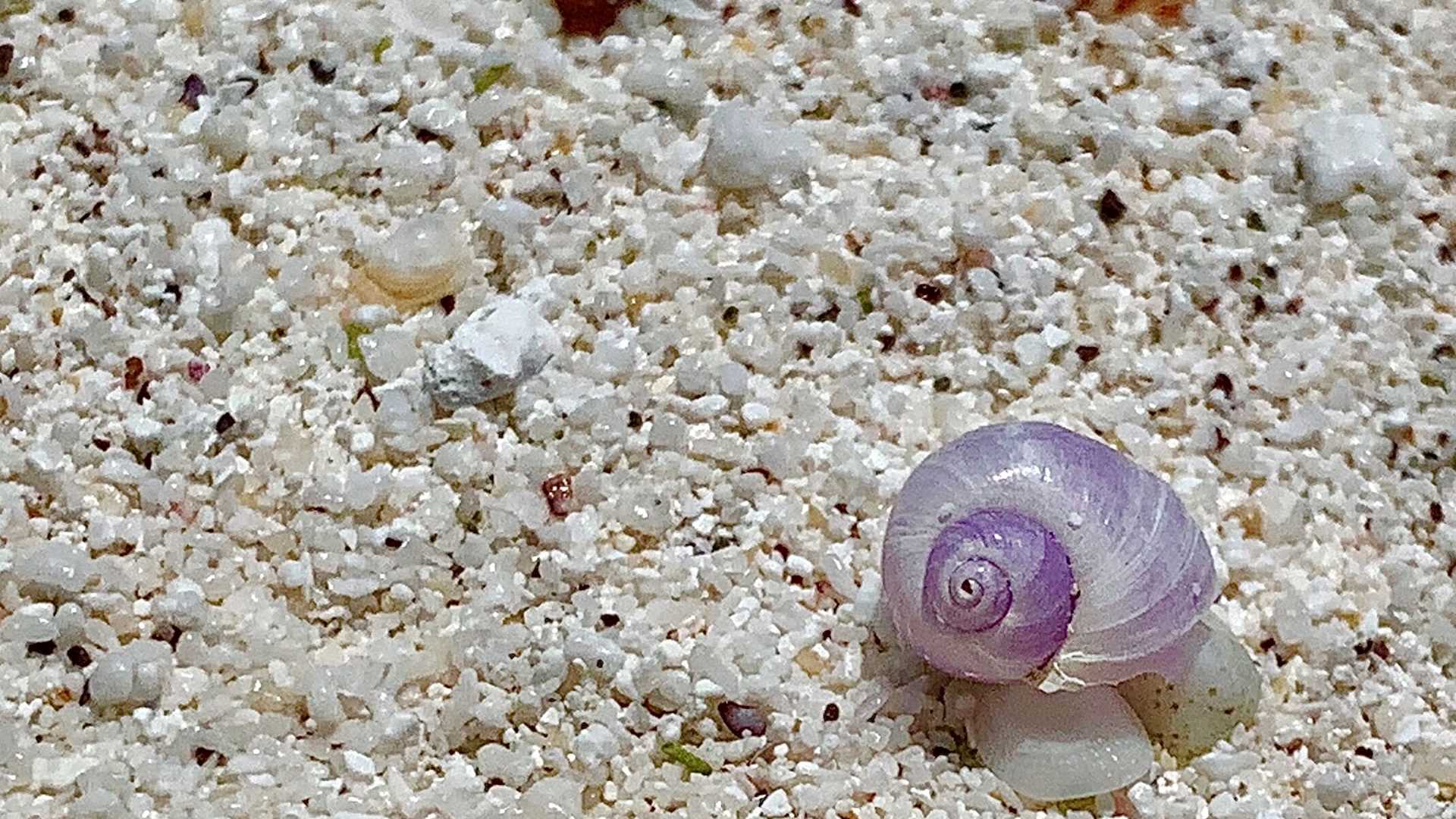Our first journey into the Galapagos National Park brought us to Española Island, one of the oldest islands in the archipelago with an incredible diversity of life. Turquoise waters surround the small satellite islands of Española, and we explored a fine coralline sand beach with resident Galapagos sea lions and Española mockingbirds flitting about. While snorkeling, we caught glimpses of Pacific green sea turtles, diamond stingrays, and young Galapagos sea lion pups. It was a great view of the undersea world. During the afternoon, we made a short navigation and arrived at Suarez Point. While hiking, we got close to waved albatrosses, a majestic species that is only found on this island. Numerous albatrosses were seen floating offshore while Nazca boobies lined the southern cliffs of Española. Marine iguanas returned from foraging in the sea, and young sea lions played in the shallows as they awaited the return of their mothers. The sun dipped below the horizon as the last birds returned to their roosts on the coast.
Call +1.800.397.3348 or contact your travel advisor







